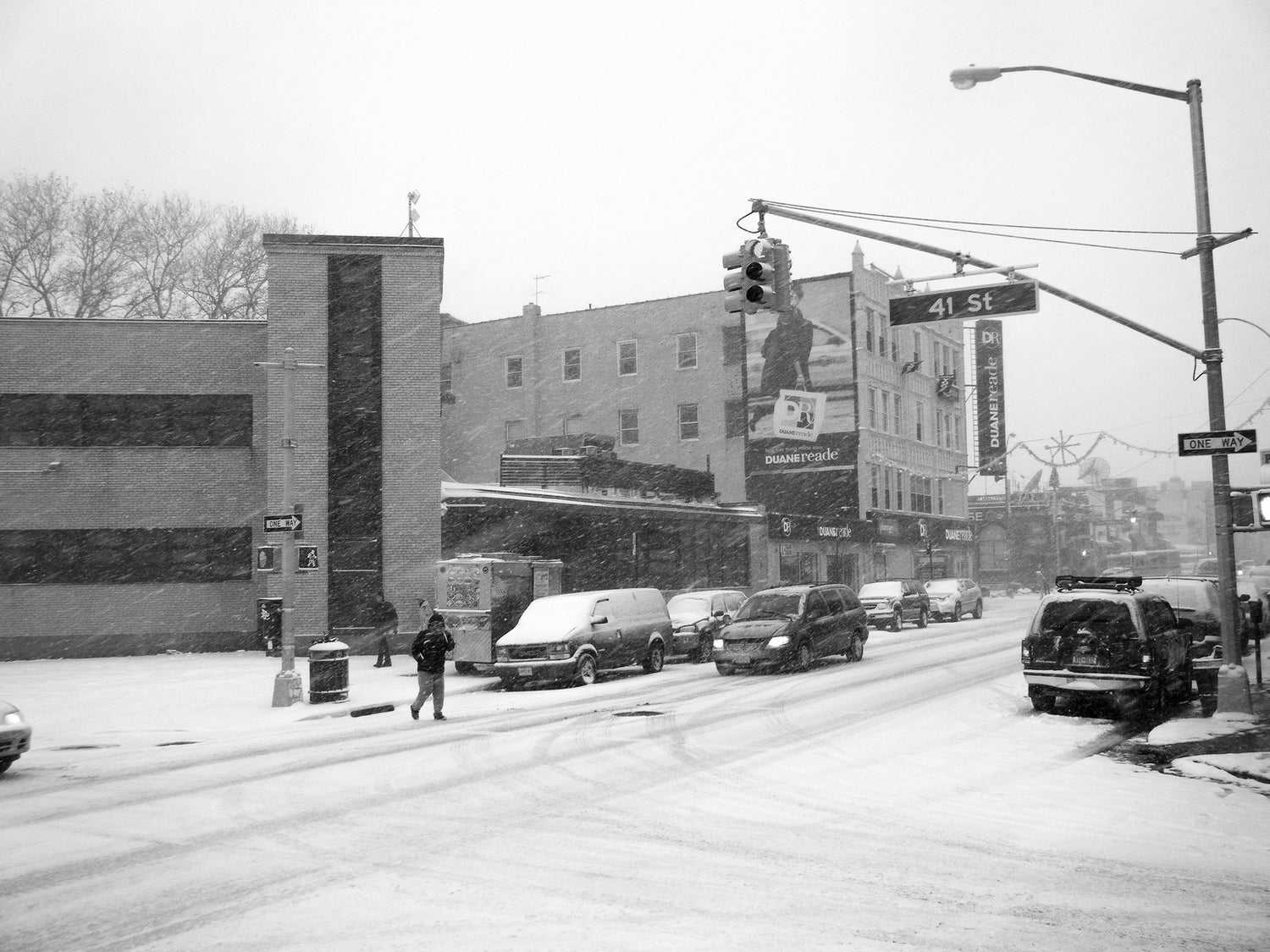 As an employer, preparing for winter storms means taking steps well in advance to prevent employees from getting sick or injured while on the job, to prevent property damage, and to avoid or cut costly downtime.
As an employer, preparing for winter storms means taking steps well in advance to prevent employees from getting sick or injured while on the job, to prevent property damage, and to avoid or cut costly downtime.
But the safety of employees, as well as of customers and any other building occupants, must be the first priority. And while the humanitarian concern should be reason enough to reach this conclusion, consider also that the temporary or permanent loss of your workforce and/or potential liability for injuries that occur on the job site will impact your business's bottom line.
Know how to ‘interpret’ weather forecasts
If your business is open during the winter, you need to keep on top of any harsh winter weather headed your way. That's why it's important to know how to interpret weather forecasts and understand the terminology, including:
- Storm watch – the possibility of winter storm conditions, such as heavy snowfall, ice formation, extreme cold, and a chilling breeze. A "watch" will often last anywhere from 12 to 36 hours
- Storm warning – severe winter weather is likely in the next 12 to 24 hours
- Blizzard warning – prepare yourself for heavy snowfall, low visibility, extreme cold, and windy gusts as high as 35 miles per hour
Stockpile winter storm emergency supplies
In the most extreme winter storm conditions, it might be impossible to evacuate your business for hours, or even for a day or more. Depending on the region you live in, such situations may occur rarely or be an annually expected event. If there’s any possibility of a winter storm trapping you (and your employees and/or customers) inside your business, you need to be prepared.
Items you will need in your emergency kit include:
- An electric generator to rely on during power outages
- A battery-operated radio to use for weather updates
- Flashlights with extra, unused batteries
- First aid kits, standard medicines, and other medical supplies
- Enough bottled water and nonperishable foods to feed your whole staff and any customers trapped inside the building for at least three days
- Warm blankets and extra winter clothing such as hats, gloves, and warm socks
Create a detailed emergency response plan
Some of the questions you should address in your emergency plan include:
- When is it time to evacuate the building? When is it time to lock it down to wait out the storm?
- When is the weather too severe to open the business in the morning? When should employees stay home (or work from home) instead of coming into work?
- What is the designated evacuation route from each room?
- Where is the designated outdoor meeting area where you can verify everyone got out safely?
- If employees cannot evacuate the building in severe weather, where are the on-site shelters? Where are the emergency supplies?
- And in relatively extreme weather: did all employees make it home safely?
Keeping employees safe during a winter storm or other emergency must be a top priority. Monitoring, understanding, and communicating weather forecasts, stockpiling all necessary emergency supplies, and forming a well-thought-out plan for both emergency evacuations and snow-ins are all important ways to keep your employees safe.


